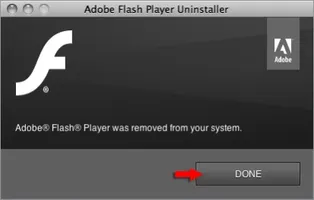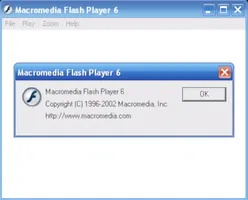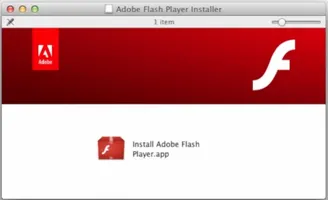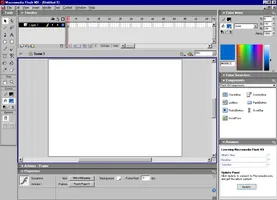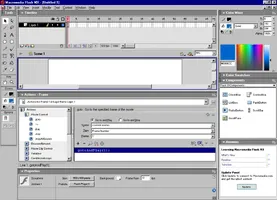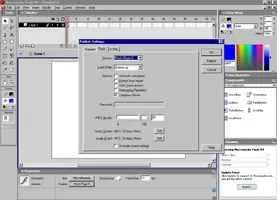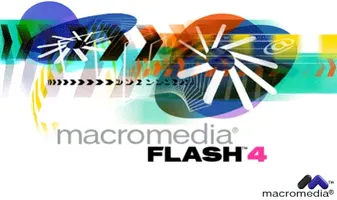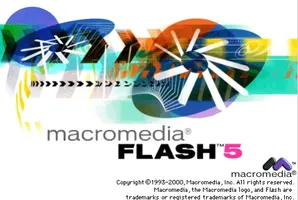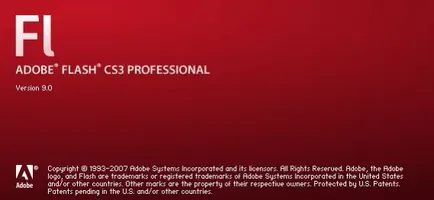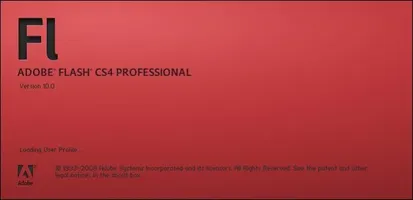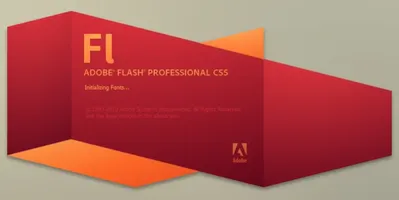The Flash Player is now extincted
The popular Flash Player has been retired by Adobe, after a long and popular "journey".
The end of Flash has been a long time coming
Adobe has been announcing plans to stop supporting Flash Player since 2017. This declaration came after quite a few factors fell in place. The system had already been handling a steady stream of criticism regarding its mobile battery usage and regular crashes. It had also been on the receiving end of a barrage of security threats and development flaws.
Uninstall Flash Player
Since Adobe will no longer be supporting Flash Player after 31 December 2020 and Adobe start blocking Flash content from running in Flash Player since 12 January 2021. Since there are still many websites running Flash technology Adobe strongly recommends all users immediately uninstall Flash Player to help protect their systems.
If you did not uninstalled the flash player from your system it is the time to do so since it is no more supported and can be a threat for the security of your operating system.
Flash was about more than just animations
It also let online video sharing platforms such as YouTube stream high-quality video on computers but weren’t quite ready for the smartphone era. Adobe continued to produce Flash for desktop computers, but the software suffered from multiple security flaws.
Anyway Flash was a unique and interesting technology. At the time it was created, and later between 2000 and 2008 (Flash technology best era) this particular technology let the internet world (via the internet browsers available at that time) to meet a rich and interactive content. For that time, there was no alternative to provide interactive content in the browsers because the Javascript was too primitive in that period and no other technologies were widely adopted for this purpose.
More, between 2004 and 2006 it was a time where Flash dominated the web pages technology: most of the pages were mostly written in Flash, some of them entirely, in the disfavor of using HTML / CSS / Javascript. But it looks like this was not the way the internet world want to continue. Perhaps because Flash was a closed source technology, perhaps because was going too far from the standards the web was supposed to be ...
The .swf
file format was the format of the published (compiled) Flash content
Flash Player Plugin was the software that presented the flash published content in the browser, that could run a
.swffile format
The Flash player plugin was running in all major browsers.
Flash Player was the software that could create an executable, or run as an application (for Windows, and later also for MacOS or Linux) from a
.swffile format
There were some opensource alternatives to the Flash Player such as GNU Gnash but were never reach a maturity from the code level and the number of features supported point of view.
The .fla
file format was the format of the source Flash content that could be used only with Macromedia (later Adobe) Flash authoring software
Flash (authoring software) had a lot of versions through the time: by Macromedia (Flash 4 / 5 / 6 MX / 7 MX / 8) or Adobe (Flash CS, with different number formats). This was also a closed source application and the licensing price was increasing thus was not widely accessible to all publishers.
There were some opensource alternatives to the Flash authoring environment like FlashDevelop or Ming but never supported the full features that the official Flash authoring was supporting.
Just a short "flashback" to the history and the "era" when Flash was dominating the web and multimedia
Flash
was a technology that derived fromSmartSketch
somewhere in 1996 when Macromedia acquired FutureWave Software, the original author of the SmartSketch technology.- Flash started to become viral somewhere between 2000 and 2001, in 2002 it was already a very promising web technology that makes the internet more interesting, brings animations, interactivity and even some small games to the web pages (Flash 5, with Actionscript).
- Between 2002 and 2005 ... these 3 years ... Flash was evolving from a simple animations player (as started) to a full interactive multimedia player that could deliver much more: based on Actionscript the technology inside was so cool that was able to support realistic 2D games, sounds, videos (vp6 codec, that could be encoded at the time by using Sorenson Spark by example) and even display 3D content (at that time only created by several 3rd party software applications, example Swift3D and imported in Flash).
- After this "viral" spreading of the Flash technology by producing rich and interactive multimedia content especially on internet pages (browsers) Macromedia was acquired by Adobe in 2006.
- Adobe era started the ownership of the Flash technology with an astonishing announcement, also in 2006: Apple announced that will disallow the usage of the Flash Player in their mobile operating system (iOS) because of many security issues and also because the high usage of resources of the mobile CPU.
- After 2007 and exactly in 2008 the Flash technology started to loose marked and adopters because of the new era of the smart mobile phones that were preferring light and fast internet content instead of the heavier content delivered by Flash.
- All the later years, 2009 - 2017 Adobe struggled to promote the Flash technology in other markets such as internet browsers for desktop or multimedia platforms (by introducing more features such as realtime 3D rendering) but was simply not enough, the world was slightly abandoning the Flash technology, that in 2020 come to an end.
"Good Bye" Flash, "So Long" Flash Player ... anyway ..., the truth is that it was a really interesting technology, but simply
vanished!

